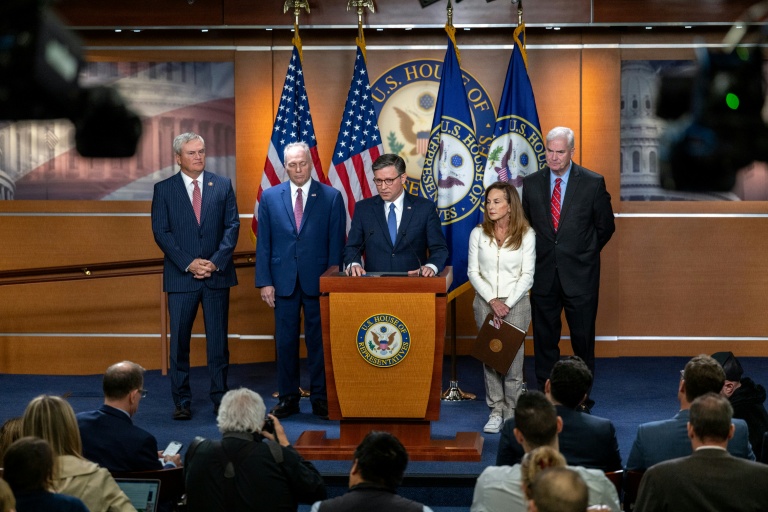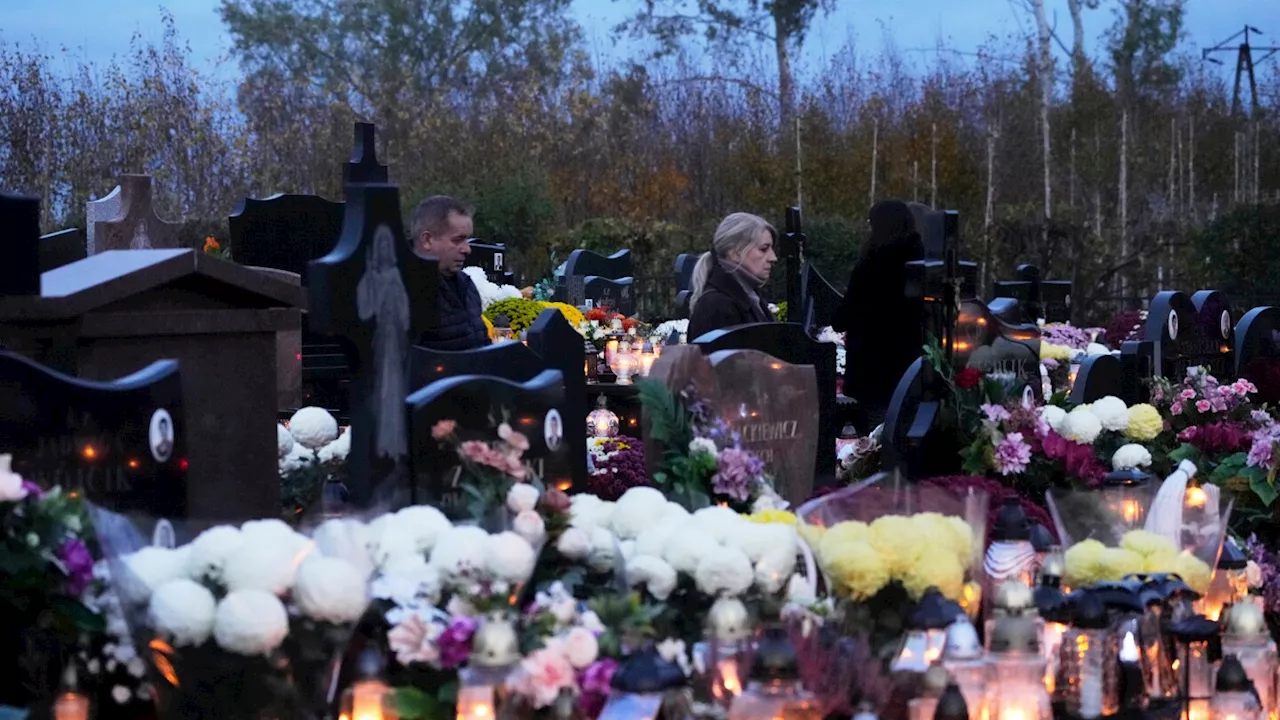The ongoing US government shutdown reached its fourth week on October 25, 2023, marking the second longest in the nation’s history. The impasse between the Republican majority and the Democratic opposition has led to significant disruptions in public services. As federal workers prepare to miss their first full paychecks, including approximately 63,000 air traffic controllers and Transportation Security Administration (TSA) agents, pressure mounts on both parties to negotiate a resolution.
The shutdown commenced after Congress failed to pass a funding bill before the end of the fiscal year on September 30. Central to the deadlock is the Democratic push for an extension of health insurance subsidies, which are crucial for keeping premiums affordable for millions of Americans. Republicans, who control both Congress and the White House, argue that discussions about these subsidies should occur separately from the funding bill.
Mike Johnson, the Republican House Speaker, criticized the situation, stating, “This is now the second-longest government shutdown of any kind ever in the history of our country, and it’s just shameful.” Johnson’s comments reflect growing frustration as Congress remains divided with little communication among bipartisan groups that have previously brokered deals.
With around 1.4 million federal employees affected, many are either on unpaid leave or working without pay. Essential workers, including those in aviation, are expected to continue their duties despite the shutdown. However, staffing issues have already led to operational disruptions, such as the recent ground stop issued by the Federal Aviation Administration at two Houston airports.
The aviation industry is increasingly concerned about the impact of prolonged absences among its workforce. Dave Spero, president of the Professional Aviation Safety Specialists union, warned, “For every day the government is shut down and employees in the aviation ecosystem are still furloughed, another layer of safety may be peeled away.”
In a notable development, Democrats have largely remained united in their stance against Republican proposals to reopen the government, rejecting a short-term funding extension passed by the House. Hakeem Jeffries, the House Minority Leader, asserted, “We’re ready, we’re willing, we’re able to reopen the government to enact a bipartisan spending agreement that actually meets the needs of the American people.”
As the standoff continues, Senate Republicans are facing mounting pressure to reconsider the 60-vote threshold required to advance legislation, known as the filibuster. This change, often referred to as the “nuclear option,” could allow them to pass the funding resolution without Democratic support.
To counteract the impasse, Senate Republicans are proposing a measure to ensure the pay of military personnel and essential federal workers remains secure. However, this strategy has drawn criticism from the minority party, which argues that it further empowers the Trump administration while neglecting the 750,000 nonessential workers currently on enforced leave without pay.
With no clear resolution in sight, the deadlock poses increasing risks not only to federal services but also to public safety, particularly in the aviation sector. As the shutdown lingers, the urgency for both parties to find common ground becomes ever more pressing.







